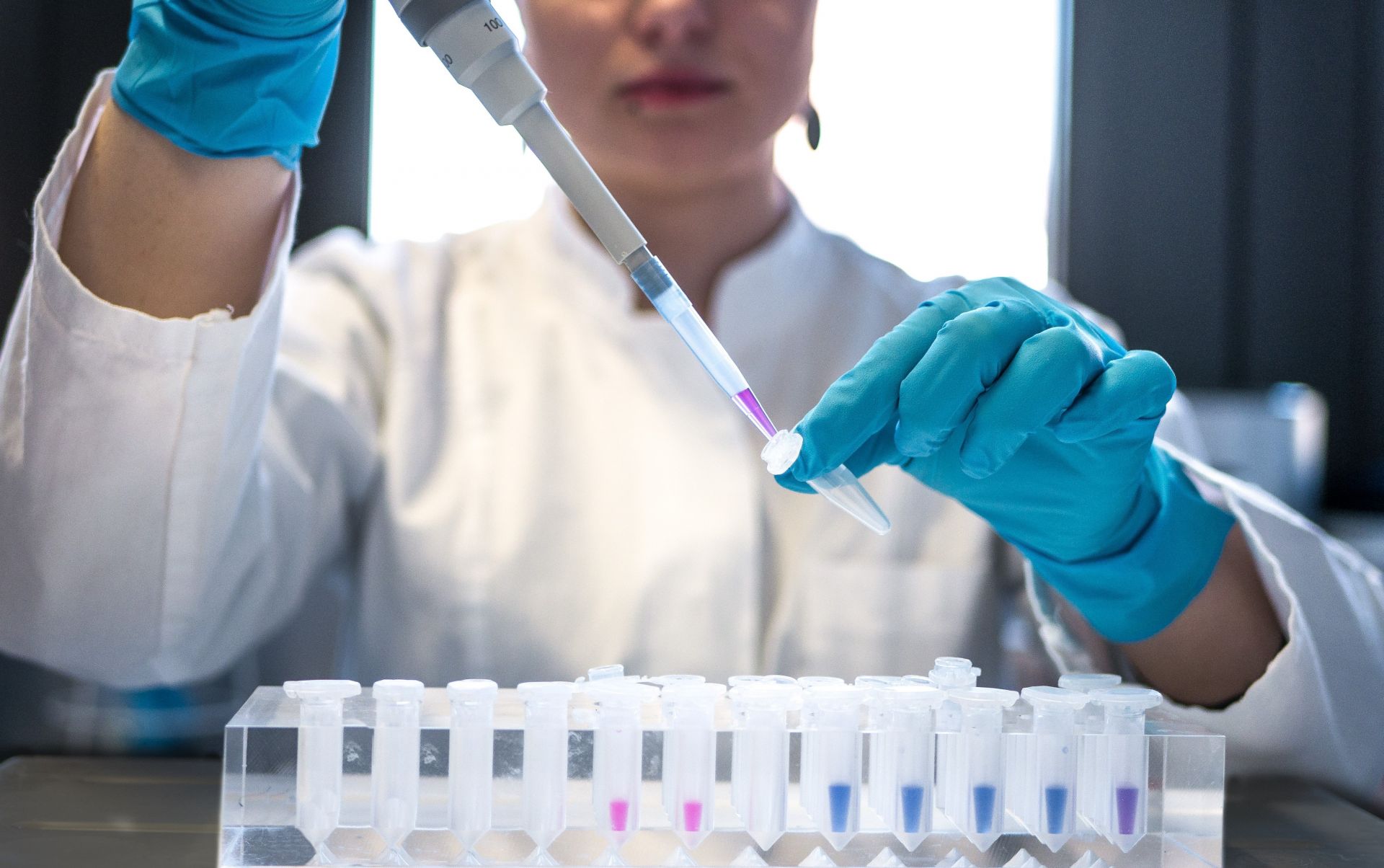Media Releases
Staph spread tracked

New research using advanced genetic and epidemiological techniques has tracked the spread of drug resistant staph infections around the globe and underlined the need to provide adequate healthcare to disadvantaged and remote communities in an interconnected world.
James Cook University’s Dr Eike Steinig led a study to identify common signatures of epidemic growth and trajectory of methicillin-resistant Staphylococcus aureus (MRSA) in America, Asia, Australasia, and Europe.
“Staphylococcus aureus causes a variety of ailments, from superficial skin and soft-tissue infections to life-threatening systemic diseases, including bloodstream infections and necrotising pneumonia,” said Dr Steinig.
The scientists examined the spread of drug-resistant community-associated MRSA, a subtype of the disease that emerged in the 1990s which affects healthy people and spreads outside of the hospital setting in which the disease is usually found.
“We found the emergence of community-associated MRSA in the late 20th century was likely driven by the evolution of antibiotic-resistant varieties combined with changes in the host population leading to sustained transmission in regional population centres,” said Dr Steinig.
Co-author Associate Professor Paul Horwood from JCU said the analysis suggests changes in the host population have played an underappreciated role in the emergence and dissemination of community-associated MRSA.
“We think the development of antibiotic resistance enables epidemic spread in host populations with distinct socioeconomic structure and population densities, particularly those in urban or industrialised settings,” said Dr Horwood.
He said MRSA commonly becomes resistant to drug treatments in places where antibiotic overuse is common and the conditions for the disease to spread are rife.
Dr Steinig said the team found that drug-susceptible strains from Australia became epidemic after picking up antibiotic resistance and then spread on Australia’s east coast. Shortly after, these strains were carried to Papua New Guinea where they have caused severe disease in local communities.
“Our work underlines the importance of considering remote and disadvantaged populations on domestic and international levels,” said Dr Steinig.
Associate Professor Paul Horwood
E: paul.horwood@jcu.edu.au
Dr Eike Steinig
E: eike.steinig@unimelb.edu.au